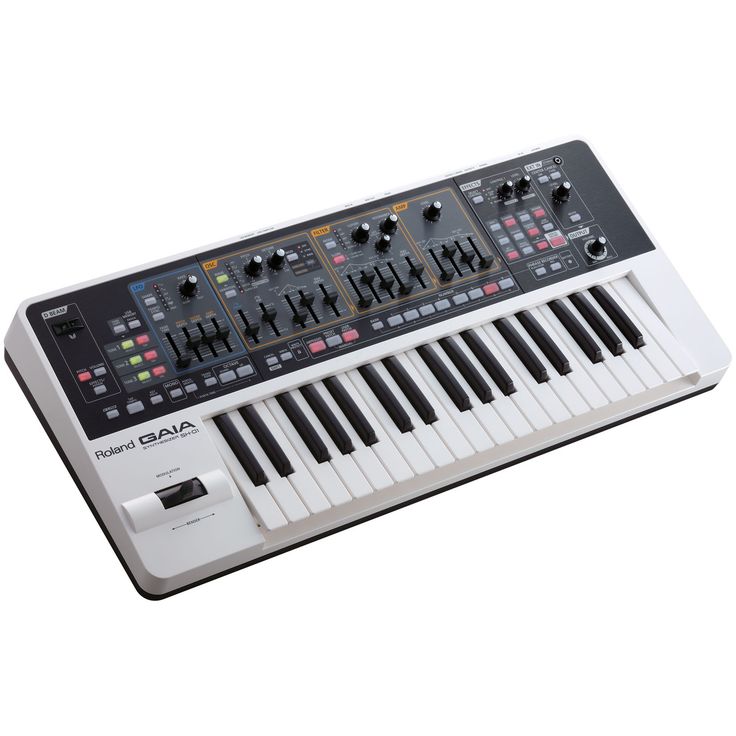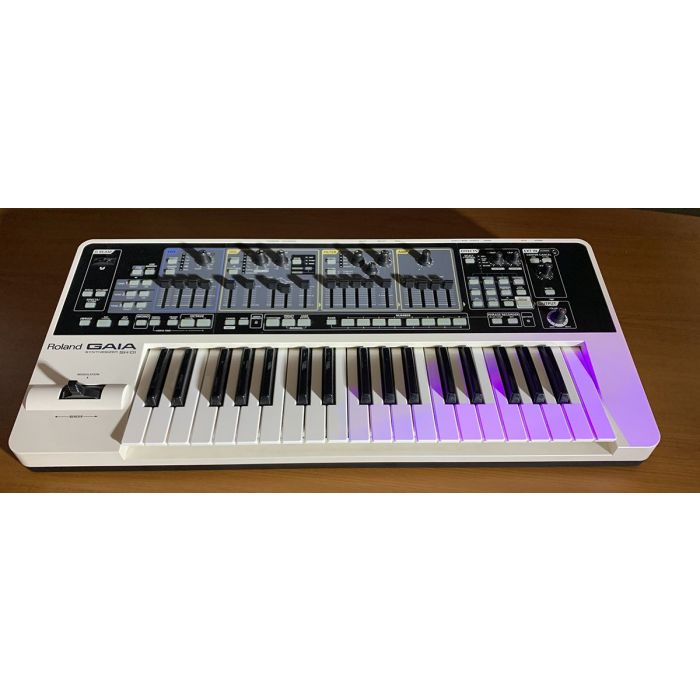

The second section is where the backlit LCD screen and patch selection happens.
People with larger fingers might find it hard to turn knobs all the way in a single go. Mainly, I feel that the faders and knobs are a bit too close together. While I do like how all the necessary controls are grouped together in a way that makes sense, I do have some gripes. The first section is the knob and fader section, which allows you to modify basic parameters involved in sound design.

The keyboard is primarily split into three main sections, and the layout makes sense once you get used to it. The same precise, tactile feel is also present in the large encoder knob and the square drum pads. On the other hand, the knobs and faders are great, and have a nice bit of resistance to enable precise parameter changes. I feel that the buttons are a little bit too loud and clicky, but that’s down to personal preference. The Juno-DS’s controls are primarily buttons, knobs and faders.


 0 kommentar(er)
0 kommentar(er)
